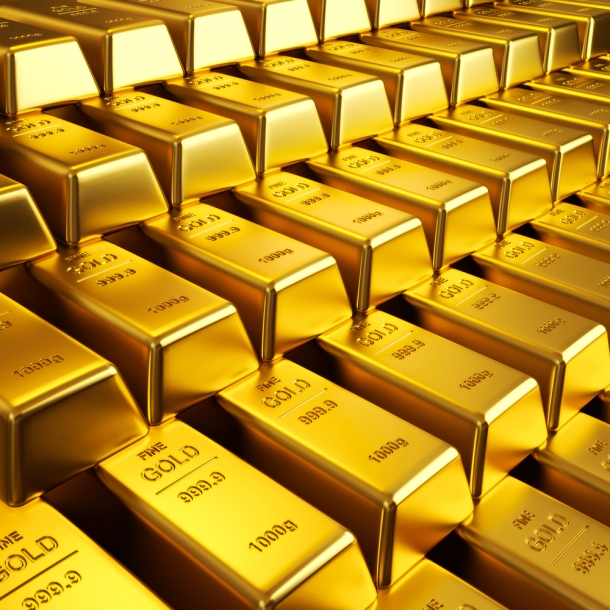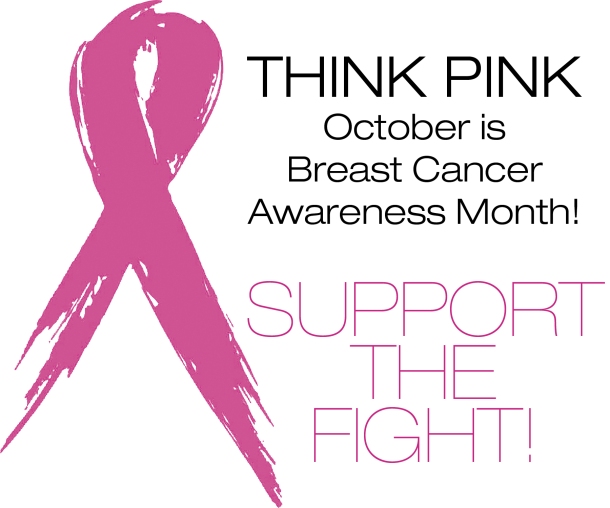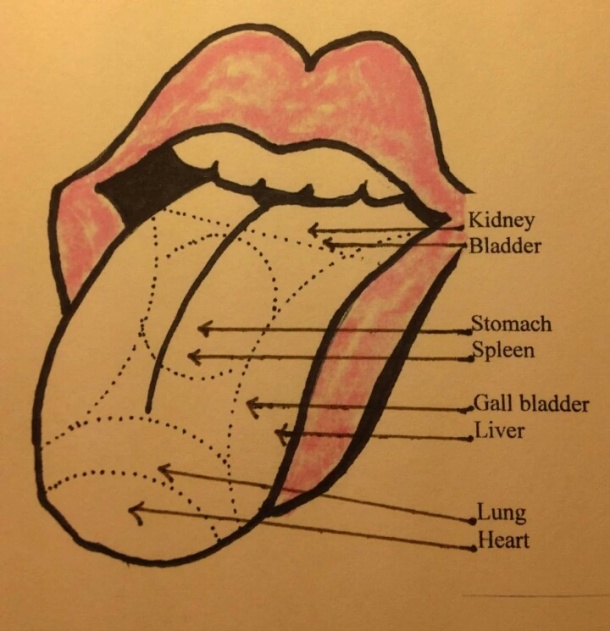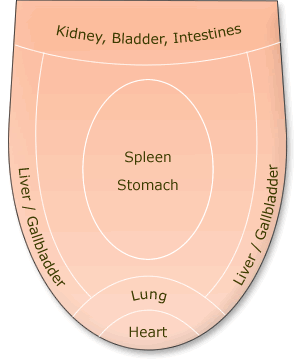
AURUM, the metal gold, which was pronounced as an inactive metal till now by the modern physicians, they have even excised it out of all their materia medicas, and deprived us of its mighty curative powers.
“It is incapable of Solution in our gastric juice, hence it must be quiet powerless and useless.”
This was their theoretical conclusion, in the medical art, as it is well known, such theoretical dicta have always availed more than convincing proof. Because they do not question on experience, the only possible guide in the medical art which is found on experience alone ; because it was easy to make mere assertions, therefore they usually preferred bold dicta, theoretical empty assumptions and arbitrary maxims to the solid truth.
Dr. Hahnemann in introduction to AURUM in his book MATERIA MEDICA PURA, quoted at least 17 eminent physicians of that time who deemed gold to be powerless and useless.
J.F.GMELIN (Appar. Med. Min., I, P. 444) says: ” As gold is not destructible, nor resolvable into vapour, and hence incapable of union with juices of the human body,Therefore it cannot possess curative virtues.”
But they were proved wrong when the homoeopathic employment of gold as a remedy for numerous diseases, was proved by Dr. Hahnemann.
Dr. Burnett says: “For years I have tried to fix the date at which gold was first used as an anti syphilitic, but I must confess that I have been unable to do so. It is pretty sure that Hahnemann thus used it, as it is so evidently homoeopathic to some cases of this disease, but it did not originate with this great man. ”
We are delightful to have gold as a remedy with great medical virtues,but have we ever explored how Dr. Hahnemann came to think of making a medicine out an quite inactive, not resolvable, non destructible (by gastric juice) metal?
The answer to this lies in his book “materia medica pura” chapter AURUM, where he tell us the physicians of his time so unanimously proclaimed the inertness of metallic gold, that he was led to use murate.Subsequently, he found that Arabian physicians has been in the habit of using the metal itself in fine powder and had praised its remedial virtues in those vert affection for which he had found the muriate beneficial. From the symptoms produced, he found that the drug was perfectly homoeopathic to the maladies for Which the Arabians had given it, and guided by the same principle of similarity, he found it in the 1st and 2nd triturations- curative in several other important affections and further he accepts and says that the assertions Of Arabians are not without foundation.
In PURA he praises 4 Arabian physicians :
1. JABIR IBN HAYYAN (GEBER) – 8th century
2. SARAFYUN/IBN E SARABI (SERAPION, THE YOUNGER) – 1550
3. IBN E SINA (AVICENNA) – on commencement of 11th century
4. ABULKASIM/ Abu al-Qasim Khalaf ibn al-Abbas Al-Zahrawi (ALBUCASIS) – 12th century.
HISTORY:
Western language scholars have generally defined Islamic Medicine as composed of two distinct and dichotomous traditions: Pre-islamic Galenic medicine and Prophetic medicine.
All of these scholars got influenced form The Prophet s.a.w.w in some way.
JABIR IBN E HAYYAN is one of the first name recognized in Islamic alchemy, he was a pupil of IMAM JAFAR AL SADIQ A.S., the 6th Imam(who had his lineage linked to Prophet Mohammad s.a.w.w) , who is reported to have numerous treatises on alchemy and medicine (etc).
SARAFYUN he wrote an book The book of simple medicaments, originally in Arabic.”simple” means non-compound: a practical medicine most often consisted of a mix of two or more “simples”. The work was written for physicians and apothecaries. In the book’s early part, Serapion the Younger classifies substances according to their medicinal properties, and discourses on their actions.The remainder and largest part of the book is a compendium of information on individual medicaments quoted from Dioscorides, Galen, and numerous named medieval Arabic writers on medicaments, with relatively brief supporting remarks by himself.Nothing about Serapion the Younger’s biography is on record anywhere.
ABULKASIM wrote a book Libro servitoris de prep. Med. is generally recognized as being the leading Muslim surgeon of the Middle Ages, and the Father of Modern Surgery. Although advances in surgery are what Albucasis is most known for, and the invention of many different surgical instruments is attributed to him, his skill and expertise in the art of medicine didn’t stop there. Albucasis was the first physician to describe an ectopic pregnancy, which was a fatal condition in his day, and he correctly identified the hereditary nature of hemophilia. Albucasis’ crowning achievement, his magnum opus, was a 30 volume encyclopedia of medicine and surgery called Kitab al-Tasrif, or The Method of Medicine, which he completed in the year 1000 CE. It was translated into Latin in the twelfth century by Gerard of Cremona. In the first two treatises of the Al-Tasrif, which were known in Latin as the Liber Theoricae, or Theoretical Treatise,Albucasis classified and described some 325 different diseases and discussed their symptomatology and treatment. Book 28 of this 30 volume medical encyclopedia discussed the science of pharmacy, and was known in Latin as Liber Servitoris.
IBN E SINA who was influenced by AL BIRUNI, AL KINDI, AL FARABI, ABU SAHL ISA IBN E YAHYA AL MASIHI, got all his lineage of knowledge from Prophetic Medicnes.
Al biruni- was influenced by HAZRAT MOHAMMAD S.A.W.W.,
Al Kindi – was a student of jabir Ibn e hayyan (who was students of IMAM JAFAR AL SADIQ A.S., the 6th imam, who is in lineage with Prophet Mohammad s.a.w.w.)
Al farabi – he was a student of Al kindi.
Al masihi was taught by Abu Mansur Hasan ibn Nuh qumri who was a Persian , living in khorasan.A little is known about his life and career. IMAM REZA A.S.,The 8th imam, was in khorasan that time.
Abu Mansur might have been one of the observers of Imam’s routine and procession and could have been a great student under Imam’s supervision!However, i’m unable to browse the archives!
In Prophetic medicine, there are many traditions which prohibits eating and use of utensils made from GOLD, probably because he knew the poisonous effects of gold caused by prolong eating in utensils made of gold(as today we see cases of diseases caused by prolong eating and using utensils made from aluminum)1,2 ; as observed by Goodman el at.2004, Tsoli et al.2005, Pan et al.2007.
Homoeopathy is a system of medicine, which is based on law of similars. So, in homoeopathy, the thing which causes a disease, can cure the same disease, under certain circumstances ( Eg. when given in minute doses, triturated, successed properly etc.)
The Imams of the Ahl al-Bayt (People of the house of Prophet s.a.w.w.) , peace be upon them, were as concerned with treating the body as they were treating the soul.They were the physicians of the soul and the body, and people consulted them for their physical and spiritual illness.
Zarr b. Hubaysh said that Amir al-Mu’minin related four statements on medicine, which, had they been uttered by Galen and Hippocrates, a hundred piece of paper would have been decorated with their words.
Campbell said- The European medical system is Arabian not only in origin but also in its structure.The Arabs are the intellectual fore bearers of Europeans.
Dr. Hahnemann mentioned nearly 30 Authors(1698-1730) who praised Gold as a valuable remedy in various diseases. Eg- Melancholy, Weak Heart, Foul breathe, Falling out of hairs, Weak eyes, palpitations of heart, Difficult breathing etc.
DICCORIDES AND AVICENNA(IBN E SINA) employed gold as a medicine in metallic state.
(Dr.Hahnemann mentioned Avicenna and his use of gold as a medicine in his preface to aurum in materia medica pura)
PARACELSUS used it with sublimate as a universal panacea and called this calcinatio et solutio “solis”.
PATHOGENESIS OF GOLD:
DR.HUGHES AND DR. BURNETT BOTH SAYS:
The pathogenesis of gold, our what gold does when taken in living body of healthy , was first given by Dr.Hahnemann, in proving of aurum in 4th volume of his Reine Arzeneimettellehre (1825) and again given with additions in his “Chronische Krankneiten (1835)”.
Dr. Taylor, F.R.S. of Guy’s Con Poisons in relation to medical jurisprudence and medicine, 3rd edition, London, 1875 , P-493), SAYS: “nothing is known of the effects of gold in human subject”
Would this eminent man and learned author be very much surprised to learn that, just Fifty Years before the date of his book, one DR. SAMUEL HAHNEMANN and 10 other man carefully tried the effect of large doses of gold upon their own bodies.
I Would say Dr. Taylor has nothing known if the writings of Dr. Hahnemann.
And Dr.Hahnemann says in preface to aurum, materia medica pura: “They were all wrong , and so are all the modern physicians.Gold had great, peculiar medicinal powers.”
Therefore, for the medical students I always recommend to read history of medicine; those who do not read history are tend to suffer from repetition of mistakes.
I would like to end with Dr Hahnemann words:
Dr.Hahnemann says- “Das Gold hay grosse,unersetzliche arzneikraefte”
( Gold has great remedial virtues, the place which no other drug can supply).
Reference :
1.Helen Suh Maclntosh, Professor at Harvard University; Is Aluminum cookware bad for you? – http://www.treehugger.com/culture/ask-treehugger-is-aluminum-cookware-bad-for-you.html
2.Health risk of cooking in Aluminum, http://www.livestrong.com/article/475155-health-risk-of-cooking-in-aluminum/
3.Alaaldin M. Alkilany,Cathrine J Murphy, Toxicity and cellular uptake of Gold nanoparticles: what we have learned so far
4.Avicenna, Canon Of Medicine, Book -1, A Medical history Of Persian and The Eastern Caliphate.
5. http://www.greekmedicine.net/whos_who/Albucasis.html
6.Samuel Hahnemann, Materia medica Pura, vol.1
7.Richard Hughes, A manual of Pharmacodynamics, Aurum
8.James C. Burnett, Gold as a remedy in Disease
9.Andrew J. Newman , Islamic Medical Wisdom (The Tibb Al -A’imma)
10.Mohammad Raza Kashifi,Tareekh Farhank wa tamdan islami
Written by:
Dr. Abbas Kazim
Email: Abbasdelhi@live.com
Bakson homeopathic medical college and hospital
#DrAbbas
#LIKE it SHARE it
#Subscribe to this blog via email
#Follow me on TWITTER @DrAbbasKazim






